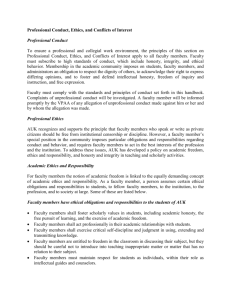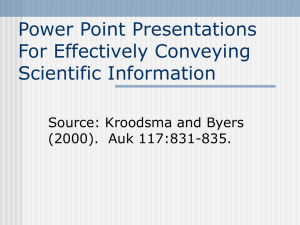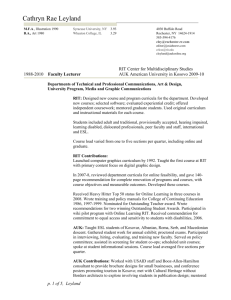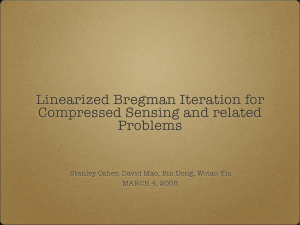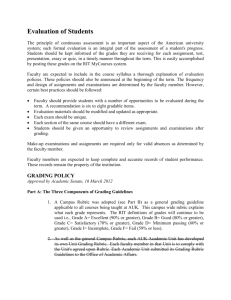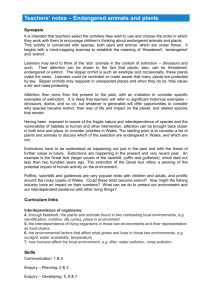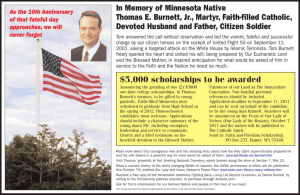Who Killed the Great Auk? Farber, Paul Lawrence
advertisement
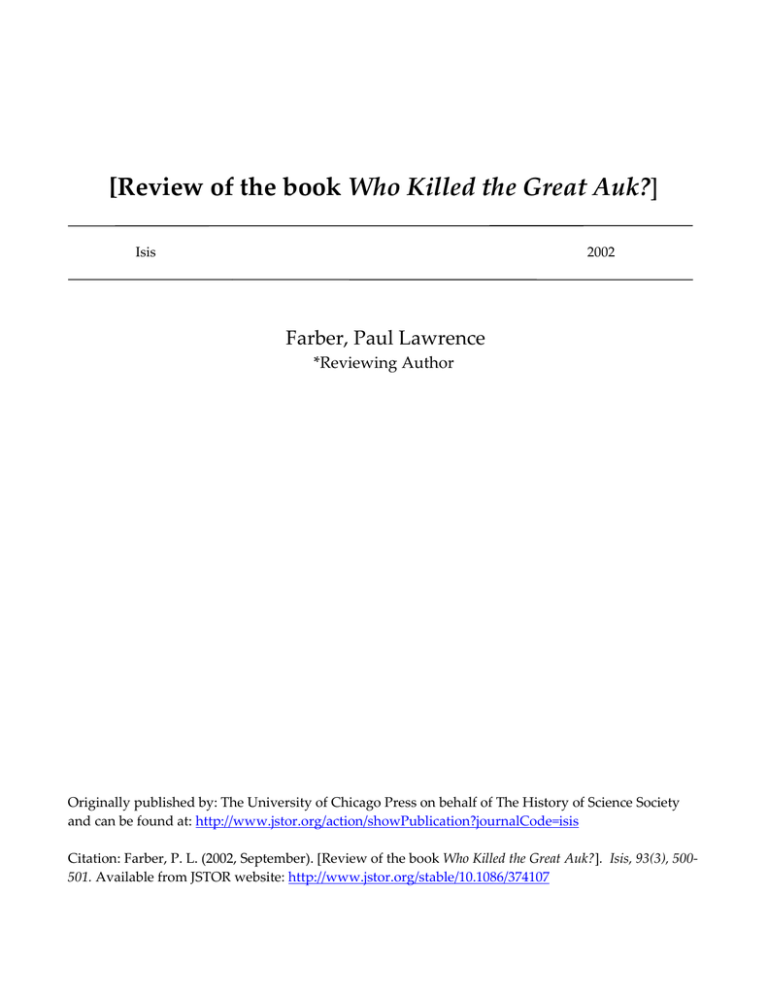
[Review of the book Who Killed the Great Auk?] Isis 2002 Farber, Paul Lawrence *Reviewing Author Originally published by: The University of Chicago Press on behalf of The History of Science Society and can be found at: http://www.jstor.org/action/showPublication?journalCode=isis Citation: Farber, P. L. (2002, September). [Review of the book Who Killed the Great Auk?]. Isis, 93(3), 500501. Available from JSTOR website: http://www.jstor.org/stable/10.1086/374107 500 BOOKREVIEWS-ISIS,93: 3 (2002) in Plurality.Ruse's presentationof the argument is particularlyuseful insofar as it calls attention to examples of Whewell's rhetoricalpower of argumentation,somethingthat is not always obvious fromreadingsome of his otherworks.One hopes thatthe publicationof Ruse's volume will drawfurtherand much-deservedattentionto this andWhewell's otherphilosophicalandhistorical writings. MARGARETMORRISON D. Graham Burnett, Masters of All They Surveyed: Exploration, Geography, and a British El Dorado. xvi + 298 pp., frontis., illus., bibl., index. Chicago/London:University of Chicago Press, 2000. $45. Duringthe nineteenthcentury,Europeanpowers grappledwith the problemof how to define and demarcate their colonial territories.They employed naturalists-explorers, cartographers, and geographers-to transformthese terrae incognitae into mapped and bounded territories. Although these colonial maps appearto be authoritative, D. Graham Burnett argues that they-and the process of mapmakingitselfwere in fact fraught with ambiguities. Burnett focuses on the work of the Prussian naturalist Robert Schomburgkin British Guiana.The colony, supposedhome of the legendarycity of El Dorado, had been visited by such eminent explorersas Sir WalterRaleigh and Alexandervon Humboldt. Nonetheless, when the British acquired the colony from the Dutch in 1803, Europeans still knew little about its interioror its boundaries,which were contested by neighboring Venezuela, Brazil, andDutch Guiana.Drawing on archivalsources in both Britainand Guyana, as well as on Schomburgk's extensive published works, Burnett vividly reconstructs his mapping expeditions through British Guiana's densejungles duringthe 1830s and 1840s. Burnettuses the story of Schomburgkto explore the rhetoricalstrategiesthat Europeanexplorers, mapmakers,and colonial officials used to construct geographical authority. The key problem they faced was reconciling the uncertainty inherent in geographical fieldwork with the certaintyrequiredon political maps. To map remote areas, nineteenth-centuryexplorerssuch as Schomburgkused the traverse(or route) survey, which involved a combinationof deadreckoning and astronomicalsightings. Such traverse surveys were much less accuratethan the trigonometricsurveys then being carriedout in Britain and the United States. Astronomical sightings could fix one's point on the globe. To make a map, however, it was also necessaryto connect such fixed points with particularlocations on the ground. Constructingthese fixed points proved to be a complex process, involving a variety of rhetoricalstrategies.Burnettdevotes most of his study to analyzing the rhetorical strategies Schomburgkand others used to construct cartographic authority. The underlying rhetorical strategy in colonial mapmakingwas "consummatio,"in which many argumentsand strategies are deployed to make a single point. Schomburgk, for example, invoked the historical authority of Raleigh and Humboldt by depicting theirroutes on his maps. At the same time, however, Schomburgk'smaps rejectedmany of Raleigh's and Humboldt's findings. Burnett describes this rhetoricalprocess of simultaneous appropriation and erasure as "metalepsis." Schomburgkbolstered the authorityof his observationsby making precise measurementsusing scientific instruments,thereby drawing on the cultural authority of Humboldteanism.He also used images of importantlandmarks,such as the flat-toppedmount Roraima,to "makethe empire visible" and to define key boundary points. Burnettuses the same strategieshimself. His book includes thirty-threemaps and lithographsandeighteen color illustrations,which reproduce the most importantimages of Guyana. The sum of these traversesurveys, astronomical observations,paintings, and maps would-ideally-fix points that constitutedBritish Guiana. In spite of the certaintydepicted in these representations, however, Schomburgkand his successors found it difficult to demarcateboundaries on the ground.These remainedambiguous and unclear, and Burnett concludes that, ultimately, the unified boundary line we see on maps is a "fib"(p. 206). In additionto introducingreadersto the fascinatinglife of Schomburgk,Mastersof All They Surveyedis, more broadly, an innovative study in the rhetoricalconstructionof geographicaland scientificknowledge. It would be a valuabletext in courses on the historyof cartography,the history of science, and imperialhistory. MCCOOK STUART Jeremy Gaskell. Who Killed the Great Auk? [xii] + 227 pp., frontis.,illus., figs., apps.,bibl., index. Oxford/New York: Oxford University Press, 2001. $25. The great auk became extinct during the midnineteenthcentury.Until then, it had been a regular visitor to northernBritain and a commercially valuable bird of Newfoundland. Since it BOOK REVIEWS-ISIS, 93: 3 (2002) dependedon a small numberof islands as breeding grounds,and because it was a flightless bird, the great auk found itself particularlyvulnerable to humanencroachmentand succumbedto it before our sensitivity to environmentaldestruction and loss of diversity began to reverse the trends that had led to so many moder extinctions. Evidencefor a historyof the greataukremains sketchy at best. Earlynaturalists,such as Buffon, wrote accounts of the great auk drawn from a varied set of imperfectsources: travel accounts, descriptionsof museumspecimens,andencyclopedias. Jeremy Gaskell has carefully surveyed all the literatureon the great auk and has attempted to reconstruct what we know of its range, behavior, and ultimate demise. He has producedan enthusiast'sbook that makes good use of the great figures familiar to those interested in the historyof ornithology.Buffon, Brisson, Faber, Temminck, Gould, and Newton all make cameo appearancesin his book, along with a few obscure egg collectors and colonial administrators.Gaskell intelligentlymines the record in order to reconstructthe shifting picture Europeans had of the great auk. Although his volume makes use of the history of science, his interestcenters on the fate of the great auk, not the context in which it played out. Given the paucityof the recordconcerningthe great auk, one cannot be surprised that Who Killed the Great Auk? is correspondinglythin fare. Gaskell elucidatesthe range of the bird and some of its naturalhistory,documentsits steady decline during the eighteenth and nineteenth centuries, and concludes with an environmental warning.Although he states that the destruction of the great auk served as a catalyst for legislation protectingseabirds,he fails to demonstrate any stronglink. Nor does he tie his story significantly to any of the largernarrativesin the history of ornithology. The bibliography, while quite good in recordingcitationsof greatauks in the early literature,tellingly contains no references to any of the literaturein the history of ornithology. For those who know something of that history, this book provides enjoyable reading (albeit on a narrowbut neglected topic), and environmentalistswill find in it anothercautionary tale. OtherIsis readersmight find it too specialized to be of much interest. 501 At the end of the nineteethcentury,Jules Soury publisheda "criticalhistory of theories and doctrines"of the centralnervous system. Comparison between Soury's work and L. S. Jacyna's new studyreveals obvious as well as deepercontrasts suggesting how historical writing on the neurosciencesand, more broadly,historiography of science have changed over the intervening century. Soury's work is immense (easily ten times the length of Jacyna's), encyclopedic in its chronological reach-extending from classical antiquity to virtually the date of publication-and aims at comprehensivecoverage. Jacyna limits his focus to one century-terminating well short of the present-to materialin English, French, and German,and to a single neurologicaldisorder.Both authors,accomplishedhistoriansrather than practicingneuroscientists,drawon insights from philosophers-in Soury's case from Descartes, Kant, and Haeckel, in Jacyna's from Nietzsche and Foucault, with a dash of Derrida and a large dose of recent social studies of science and literary theory. While Soury is resolutely materialistand triumphalistin surveying advances in what one contemporaryreviewer termed"thegreatepic of moder brainscience," Jacynapresents an in-depthreadingof the texts of aphasia as narrativeswhose medical authors to a greateror, morerarely,lesser degreereduced the complexities of language loss to brainlocalization andtheirafflictedpatientsto pathological objects. The "lost words" of the title thus refer to the silencing of the aphasic patient's persona in medical discourse as well as the impairment of language owing to braindamage. Jacynasets the scene by contrastingtwo "distinct genres"(p. 25) of case historyin the earliest medical discourse on aphasia, those of Jacques Lordat and J.-B. Bouillaud Lordat, in part because he had personallyexperiencedan episode of aphasia, wrote sympathetic accounts of patients with language impairment,taking note of their individuality and his own responses to them. Bouillaud, on the other hand, a leader of the postrevolutionaryParis clinical-anatomical school, focused on objective physical signs to the exclusion of the patient's voice and distinctive self. Bouillaud's model of the single impersonal narratorprevailed during the classical period PAUL LAWRENCEFARBER ushered in by Paul Broca's localization of the speech center in 1861 and dominatedthe literaL. S. Jacyna. Lost Words: Narratives of Lan- ture of aphasiauntil the end of the century.Jaguage and the Brain, 1825-1926. x + 241 pp., cyna draws on a rich arrayof medical discourse illus., index. Princeton,N.J.: PrincetonUniver- that he deconstructspersuasively to show how formulaiccase historiesaccompaniedby abstract sity Press, 2000. $45, ?28.50.
